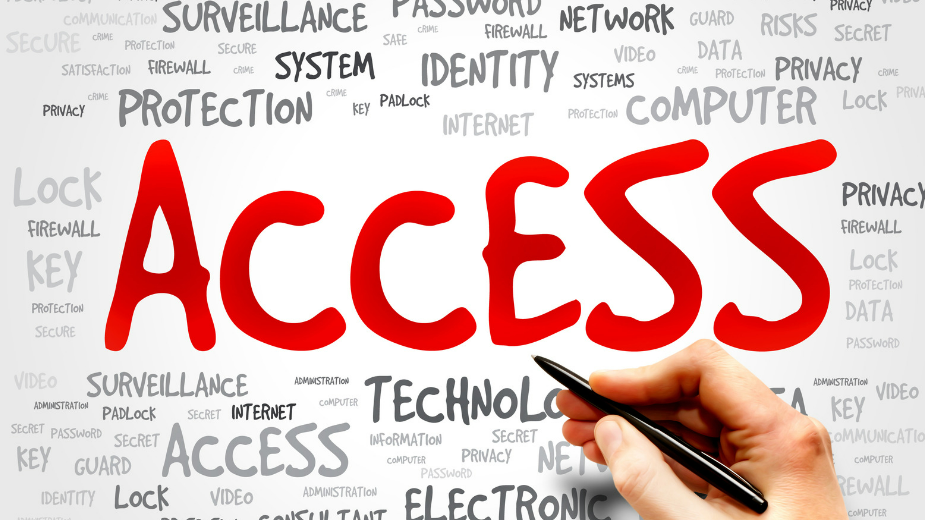Security breaches are increasing day by day, and to protect sensitive data and systems, organizations need a robust security system. That’s where access control comes into play. In this article, we will explore what access control is, its components, and various types that organizations can implement to ensure maximum security.
What is Access Control?
Access control is the process of granting or restricting access to certain resources, data, or systems to authorized or unauthorized users. It is an essential part of information security, preventing unauthorized access to critical systems and sensitive information. Overall, total access control systems play a vital role in protecting organizations from potential security threats and maintaining the integrity and confidentiality of data.
Components of Access Control
Access control systems typically revolve around the following components:
- Policy: A set of rules and guidelines that dictate who can access which resources, at what time, and under what conditions.
- Identification: The process of assigning unique identifiers to users, such as usernames or employee IDs, to ensure proper tracking and accountability.
- Authentication: Verifying the user’s identity through methods like passwords, biometric scans, or smart cards before granting access.
- Authorization: Determining the level of access allowed for each user based on their role and access rights.
- Audit: Monitoring and recording all attempts to access the system and ensuring compliance with access control policies.
Types of Access Control Systems
1. Discretionary Access Control (DAC)
DAC allows the owner of the resource to grant or deny access based on their discretion. In this system, users have the flexibility to share their resources according to their needs. While it offers flexibility, DAC may not be suitable for businesses that require stringent security measures.
2. Mandatory Access Control (MAC)
In MAC, access to resources is determined by a strict security policy defined by the organization. The system ensures that only permitted users can access specific information based on the classification level assigned to them. This approach is widely used in government organizations and military environments.
3. Role-Based Access Control (RBAC)
RBAC assigns access rights and permissions based on the role or job function of the user. It simplifies the management of access control by allowing administrators to define roles and allocate necessary resource access based on their job responsibilities. This system is suitable for many industries, including healthcare, where total access control for healthcare practices is essential for information security.
Conclusion
Implementing robust access control is crucial to safeguard sensitive data and systems from unauthorized access. By understanding total access control for managed service providers and choosing the right system for their organization, businesses can ensure maximum security and compliance with data protection regulations. So, it is essential to regularly review and update access control policies to mitigate potential risks and maintain a secure environment. With the increasing number of cyber-attacks, organizations must prioritize access control as a critical aspect of their overall security strategy.





